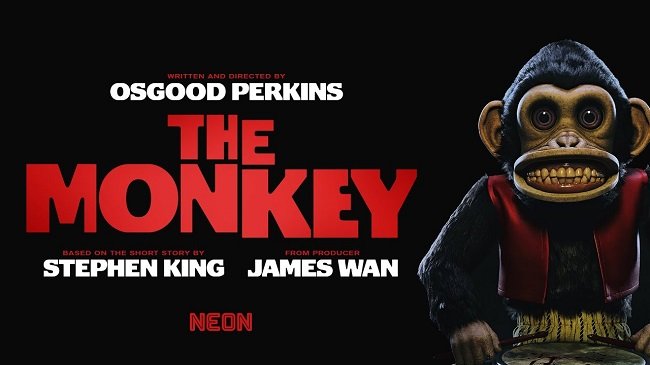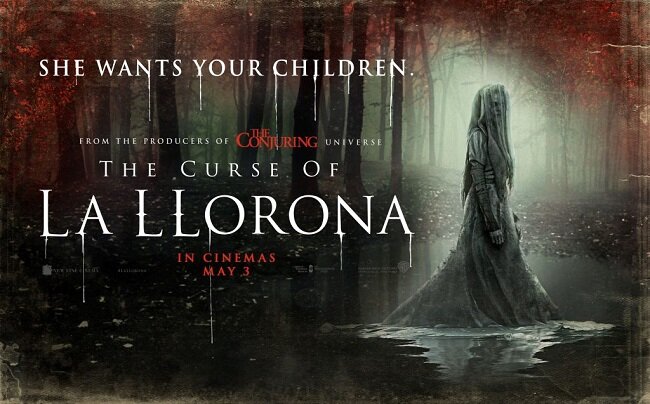I, Monster (1971)
I, Monster is a low budget Amicus production and a cunning retelling of Robert Louis Stevenson’s “The Strange Case of Dr. Jekyll and Mr. Hyde”. Due to copyright reasons, these names are not used in the film and are replaced with new characters, Marlowe and Blake respectively. However, despite the modest budget and the aforementioned legal issues, this is a very faithful adaptation of the original gothic novella. Milton Subotsky’s screenplay incorporates all the essential elements of the source text which is both a boon and a bane. A boon because it really does capture the essence of Stevenson’s concept, which has been drastically misrepresented by previous adaptations. And a bane in so far that the original novella is a little too insubstantial to sustain a feature film. Even at a modest 75 minutes running time I, Monster feels somewhat “thin”.
Psychologist Charles Marlowe (Christopher Lee), a strong advocate of Sigmund Freud, argues about man’s capacity for evil with his colleagues at his Gentlemen’s club. Dr. Lanyon (Richard Hurndall) refutes his assertions on medical grounds. Enfield (Mike Raven) reflects on a life based upon self gratification. Utterson (Peter Cushing), Marlowe’s Lawyer argues that human civilisation is based upon governing our passions. But Marlowe feels that research in this field could reduce patient’s inhibitions, which are often the root cause of their problems. He subsequently uses a drug he has created on two of his patients. It seems to either make the subject docile or facilitate their secret urges. As he ethically cannot risk any further tests, he takes the drug himself, releasing his alter ego Edward Blake. At first Blake is content with the most obvious worldly pleasures but over time he becomes more violent and uncontrollable. Marlowe’s friends are unaware of his experiments and fear that Blake is simply a ruffian that is blackmailing the doctor.
I, Monster is a somewhat set bound production with a few locations scenes. As the screenplay is true to the novella, a lot of Blake’s crimes are discussed retrospectively by the main cast and not shown on screen. There is a knife fight and a chase scene that culminates in a murder but overall, the film is some what light on unpleasantries for a horror film. It isn’t especially long either which is another issue. However, Christopher Lee’s performance is compelling and does much to mitigate the production’s shortcomings. Unlike other film adaptations there are no overly theatrical transformation scenes. When Lee initially “releases” his alter ego, we simply see his stern Victorian demeanour relax into a rather sinister and lascivious smile. Over time Blake’s features become coarser. His rictus smile is like that of a slavering beast and his complexion reflects his debauched lifestyle. Simple make-up is effectively used to reinforce Lee’s physical performance.
The rest of the cast provide robust support, with Peter Cushing as ever bringing dignity, gravitas and conviction to his modest role. There is a simple fight scene at the end of the film which takes place within a small room. Filmed through the exterior windows, it does “quite a lot with very little” and works well. It makes the conflict between Utterson and Blake very personal. This is where the film’s budget provides some creativity and innovation. Sadly, despite practical cinematography by Moray Grant, the film has an unpleasant colour palette with an emphasis on greens and yellow. This may be due to a 3D process that was originally intended but subsequently abandoned prior to release. Ultimately I, Monster did not perform well at the box office. Its brevity and lack of scope couldn’t compete with bigger budget, more contemporary horror movies that were replacing the gothic genre. However, the film has seen a critical reassessment in recent years, mainly due to Lee’s strong performance.




























